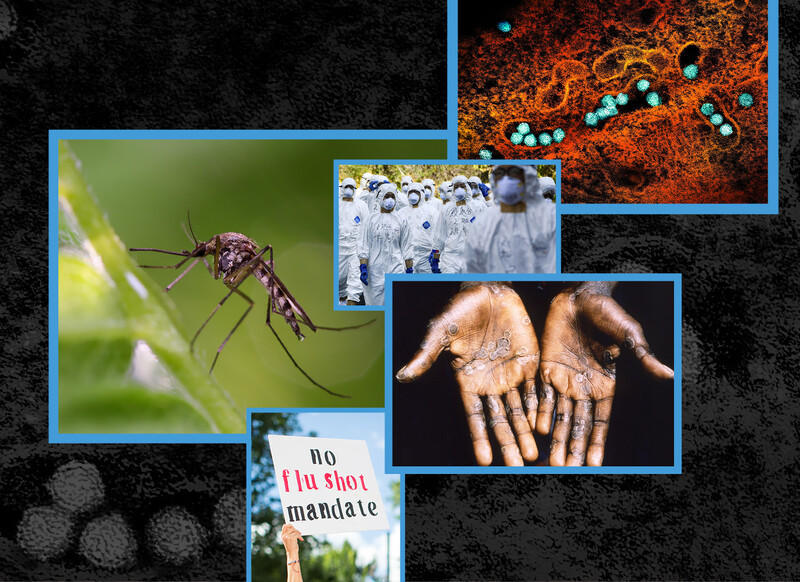Thousands of Mississippi families, their lives uprooted by Hurricane Katrina, face worsening mental and physical health problems as a result of the ordeal, Columbia researchers say.
A new report finds that Mississippi children displaced by the disaster show signs of depression, anxiety, and behavioral problems, with many missing substantial amounts of school. Their parents are suffering from similar problems, ranging from depression and hypertension to posttraumatic stress syndrome. In addition, the region’s poorest families have slid further down the economic ladder, being unable to find jobs to replace the ones they lost after the August 2005 hurricane.
The researchers, led by David Abramson of the Mailman School of Public Health’s National Center for Disaster Preparedness, studied Mississippi residents among 576 randomly selected households displaced or otherwise seriously affected by Katrina. Their findings are based on interviews conducted last August, many in Federal Emergency Management Agency trailer parks. The study follows up on a similar report the researchers completed six months earlier. Emotional and behavioral issues among children, and mental health problems among adults, became more prevalent across the two studies.
Since Katrina, according to the researchers, there has been a fourfold increase in diagnosis of depression or anxiety among displaced children and three times as many children are without health insurance. More than 60 percent of displaced parents or caregivers suffer from clinical anxiety, depression, and posttraumatic stress disorder. Meanwhile, rates of hypertension among adults increased 35 percent since the hurricane.
The working poor suffered the worst economic impact. More than half of the households with an annual income below $10,000 lost their jobs after the hurricane, the new study finds, compared to 15 percent of households with annual income above $20,000.
The report recommends that the government institute job-training, skill-building, and homeownership programs. But “for the poorest and most vulnerable populations, there is no [aid] pipeline in sight,” the researchers write. “They are the least likely to be homeowners, and the individual assistance they did receive — such as temporary housing or rental vouchers — may soon be coming to an end.”


